mast cell tumor cat spleen
What is the prognosis for cats with mast cell tumors. Mast cell tumors are the most common type of skin tumor found in dogs and the second most common skin tumor in cats.

Neoplastic Mast Cells Form Dense Sheets Within The Splenic Red Pulp Download Scientific Diagram
Splenic mast cell disease in cats can include cutaneous and visceral forms.
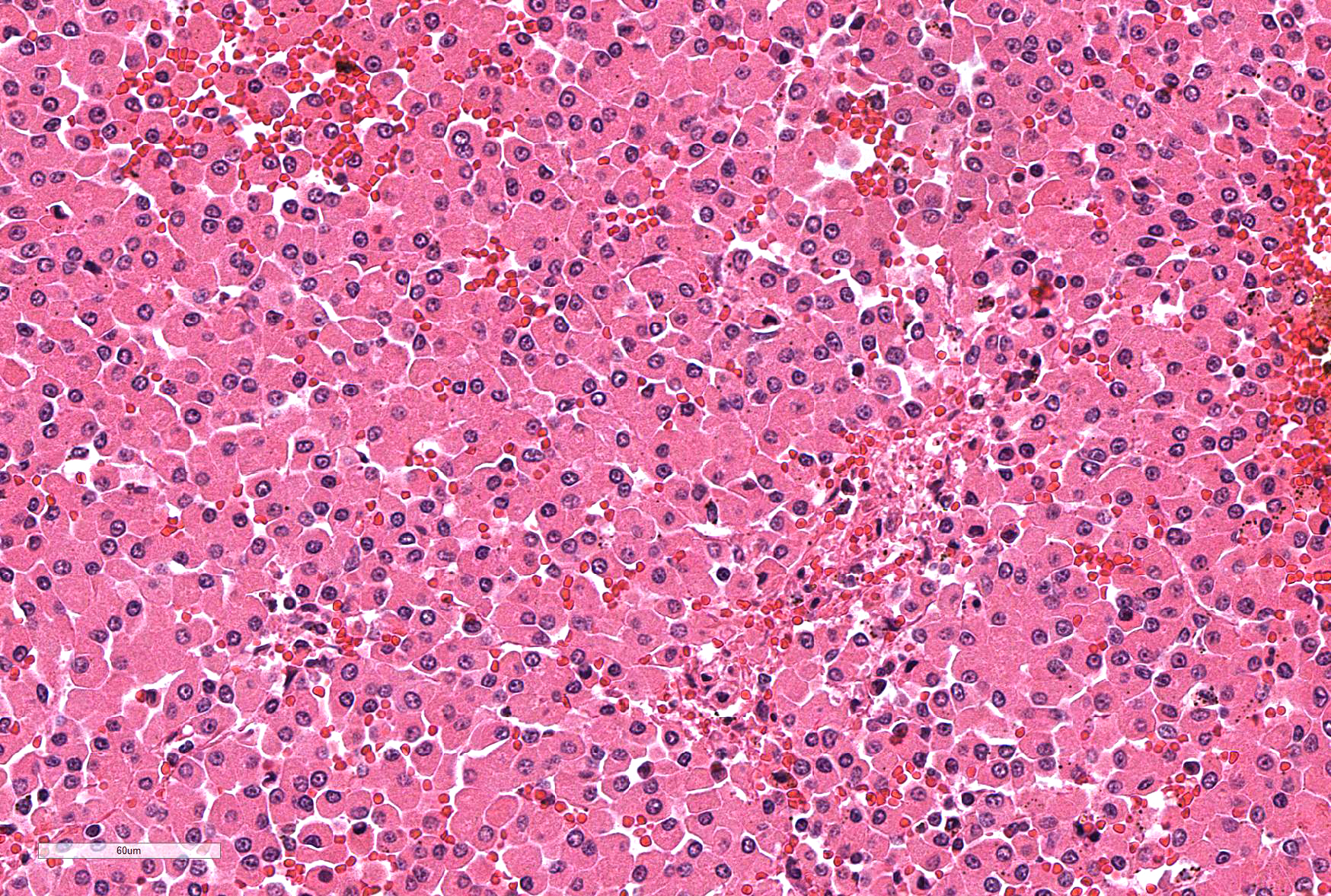
. Malignant mast cell tumors in cats usually involve the intestine or spleen and the spleen can become dramatically enlarged. It is essentially a filter. In the case of spleen or intestinal MCTs widespread dissemination and metastasis spread are much more common.
Mast-cell tumors are the most common tumor found in the spleen of cats Mast-cell tumors can release histamine leading to the development of hives reddening of the skin known as erythema bleeding and bruising which can be seen around the tumor Genetics. How are mast cell tumors treated. Is my cat at risk of mast cell tumors.
Visceral mast cell disease can include gastrointestinal and splenic neoplasia also known as splenic mastocytosis. The cancer may originate in the spleen or liver may have occurred in the bloodstream and affected these organs or might have spread from another part of the body. Chemotherapy may be palliative.
One study of 30 cats with spleen MCTs showed dissemination to the liver 90. More commonly involves small intestine with equal distribution between duodenum jejunum and ileum. Surgical removal of the spleen along with chemotherapy may be beneficial when mast cells circulating in the blood accompany mast cell tumors of the spleen.
Mastocytoma or mast cell tumors. Clinical signs of visceral mast cell disease in cats often include vomiting diarrhea weight loss and weakness. They can also affect the intestine.
Generally classified into 1 of 3 categoriescutaneous splenic or intestinalMCT commonly causes anemia and. There are two types. Visceral mast cell tumors MCTs are a common neoplasm in cats and have been reported to cause up to 50 of all feline mast cell tumors.
Boxers and Boston terriers make up 50 of all cases. This retrospective study evaluated treatment outcomes in 64 cats with splenic MCT. Ulcers of the stomach and intestine and an enlarged liver mean that the clinical illness often persists after removal of the spleen.
Mast cell tumors rarely affect the skin of cats although it is the most common site for dogs. Mast cells tumors of the spleen are part of widespread mast cell deposits associated with leukemia. Hepatomegaly enlarged liver Anemia 14-70 Mastocytosis 31-100 When a cat presents alterations in the spleen such as an increase in size nodules or anything affecting the organ the first suggestion to the veterinarian will be the presence of a.
Mast cell tumors are the most common splenic tumor tumor of the spleen second most common skin tumor and third most common intestinal tumor in cats. Clinical signs of a splenic mass are commonly due to rupture of the mass and internal bleeding. Poorly differentiated MCT with less prominent cytoplasmic granules.
Mast cell tumors MCT are common splenic tumors in cats but there is limited information on treatment outcomes of cats with this disease. Prognosis of mast cell tumors of the skin is usually excellent and surgery is generally curative. It retains a supply of blood that can be used to regulate Read More Mast cell disease and the spleen.
Excisional biopsy with wide margins is reasonable for very small tumors. It is located in the upper left quadrant of the abdomen. These are less common but around 20 of mast cell tumors in cats are in the spleen they are the most.
These rare tumors are more common in cats. Ultrasound-guided fine-needle aspiration biopsy of the spleen revealed a. The cause of mast cell tumors is unknown.
Types that commonly affect the liver and spleen in cats include. Prognosis of mast cell tumors localized to the spleen is good and many live for an additional one to two years after the spleen is removed. Visceral MCTs most commonly affect the spleen and account for 15 to 26 of all feline splenic neoplasms.
These signs which come on suddenly include acute weakness or collapse pale gums and a rapid heart rate. The skin form of the feline mast cell tumor typically arises around the head and neck and lesions may be. Ultrasonography of the abdomen identified a markedly enlarged spleen.
A mast cell tumor MCT is a type of tumor consisting of mast cells. Visceral in abdominal organs such as the spleen or intestines. An 11-year-old female domestic shorthaired cat presenting with clinical signs of depression anorexia weight loss fever anaemia and a mid-abdominal mass was referred for abdominal ultrasound examination.
They are also usually itchy and uncomfortable for your cat so its common for them to chew and itch the bumps formed by mast cells. Prognosis is guarded if the mast cell tumor is located in the gastrointestinal tract. Visceral mast cell tumors can cause lethargy a decreased appetite weight loss or vomiting.
Intestinal MCT is the 3rd most common feline GI tumor after LSA and ADC Mean age 13 years. Mast cell tumors can form nodules or masses in the skin and other organs and cause enlargement of the spleen and intestine. Splenectomy A n 20.
As you might guess mast cell tumors located internally are more serious than those located in. Surgical removal of the spleen is the treatment of choice for mast cell tumors of the spleen. Cutaneous in the skin This is the most common type of mast cell tumor and its are the second most common skin tumor in cats making up around 20 of all skin tumors.
Any cat can be affected by mast cell tumors but it seems more common in. Spleen is known mostly for having a stupid name but it actually does a lot of really important things. Gastrointestinal mast cell disease is often associated.
Cats were categorized into the following treatment groups. These represent 1421 of all skin tumors diagnosed in dogs. Malignant mast cell tumors can spread to the lymph nodes spleen liver and bone marrow.
15 have colonic involvement. Visceral MCTs often affect multiple organs and may involve the spleen liver and intestines. Splenic tumors tend to affect older 8 to 10 years German shepherds golden retrievers Labrador retrievers and poodles.
Splenic mast cell tumor MCT is a common neoplasia in geriatric cats with no apparent breed or sex predilection. Internal Organs About half of these tumors from mast cells affect the spleen meaning that they are visceral. Mast cell tumors of internal organs visceral Up to half of all mast cell tumors are visceral and they most commonly affect the spleen.
It removes old or damaged red blood cells. As these forms of mast cells can be external cat owners usually detect these early. They are usually noticed in middle aged patients but can occur in patients of any age.
The metastatic rate spread to distant organs for MCTs seems to vary considerably ranging from 0 to 22.
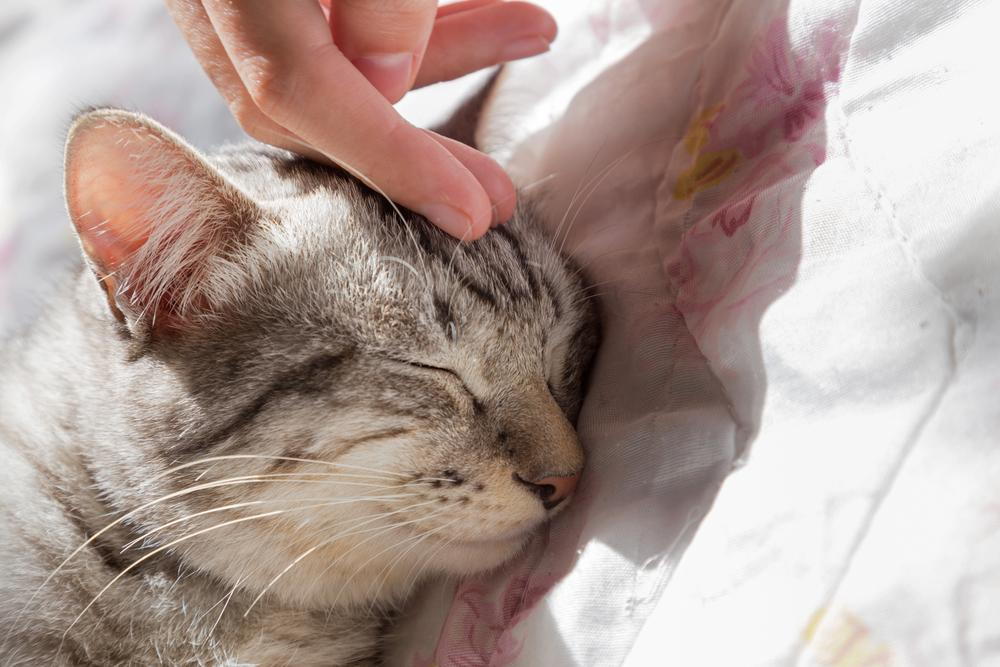
Mast Cell Tumors In Cats Veterinarian In Las Vegas Nv

Conference 03 2018 Case 3 20180905
Visceral Mast Cell Tumor In A Cat Texas A M Veterinary Medical Diagnostic Laboratory

A Splenic Mast Cell Tumor In An 11 Year Old Siamese Cat Radiology Perspective
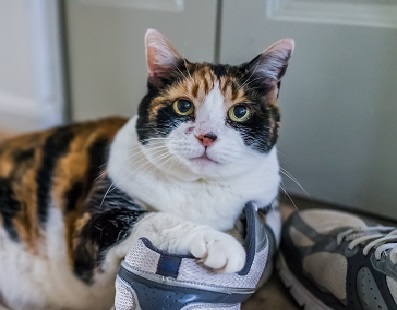
Mast Cell Tumors In Cats Vca Animal Hospital

Animal Surgical Center Of Michigan Veterinarian In Flint Mi

A Splenic Mast Cell Tumor In An 11 Year Old Siamese Cat Radiology Perspective
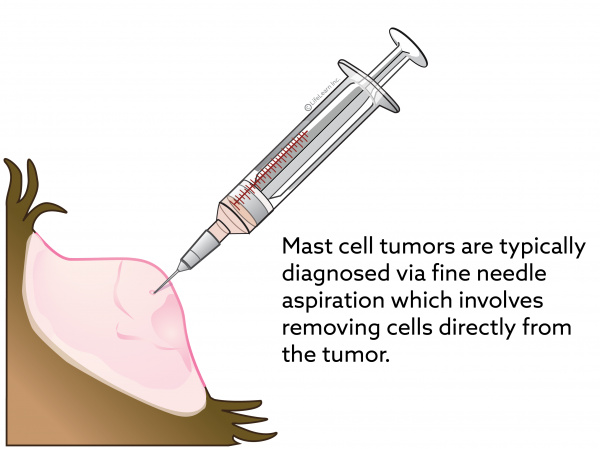
Mast Cell Tumors In Cats Vca Animal Hospitals

Cat Health Facts What Do You Mean It S My Spleen Catster

Mast Cell Tumors Mct In Cats And Dogs Cancer In Pets Texvetpets

Neoplastic Mast Cells Form Dense Sheets Within The Splenic Red Pulp Download Scientific Diagram
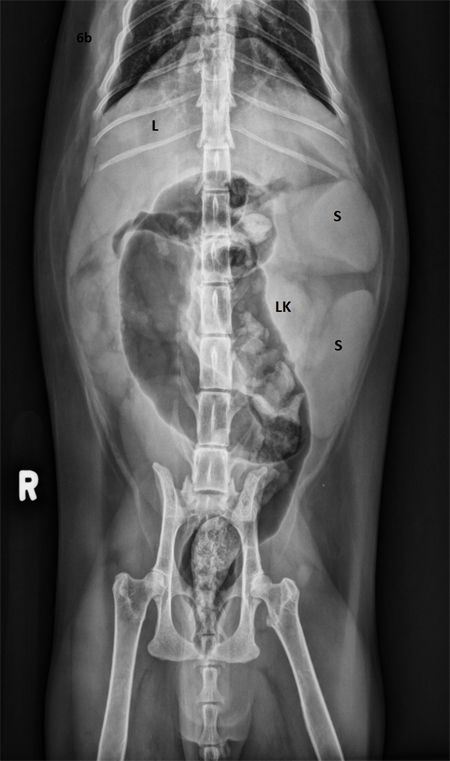
A Splenic Mast Cell Tumor In An 11 Year Old Siamese Cat Radiology Perspective
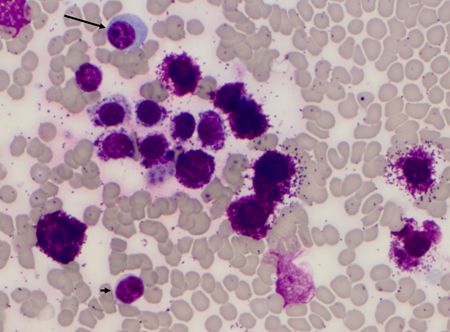
A Splenic Mast Cell Tumor In An 11 Year Old Siamese Cat Clinical Pathology Perspective
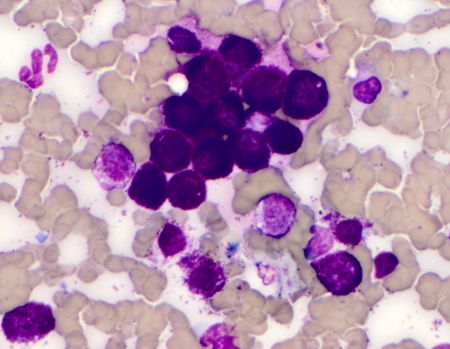
A Splenic Mast Cell Tumor In An 11 Year Old Siamese Cat Clinical Pathology Perspective

Splenic Mast Cell Tumor From 2008 Feline Female Spayed Flickr